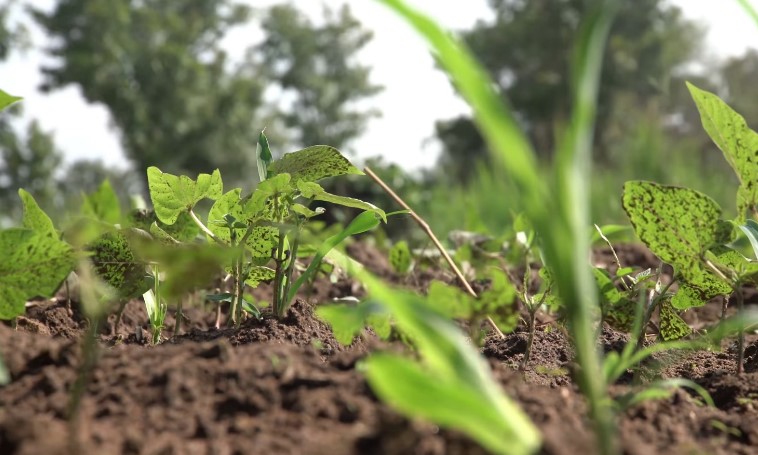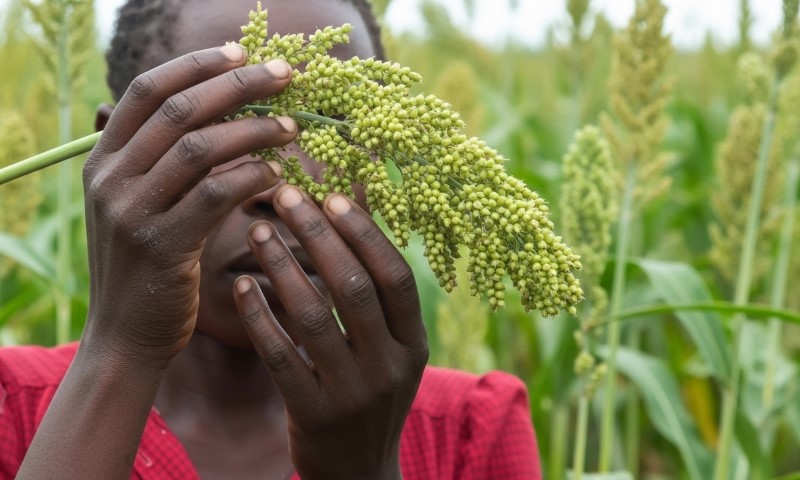
Long before modern agriculture turned wheat, corn, and rice into global staples, humanity relied on smaller, humbler seeds, millet and sorghum, for both nourishment and meaning.
Table of Contents
ToggleThese ancient grains, among the first ever cultivated, fed entire civilizations and shaped their spiritual and cultural identities.
They were not just food but symbols of resilience, renewal, and divine connection.
Today, as the world rediscovers traditional foods for their nutritional and ecological value, millet and sorghum are also being reexamined for what they represent spiritually, a reminder that sustenance has always been as much about the soul as the stomach.
Ancient Origins Rooted in Survival and Ritual
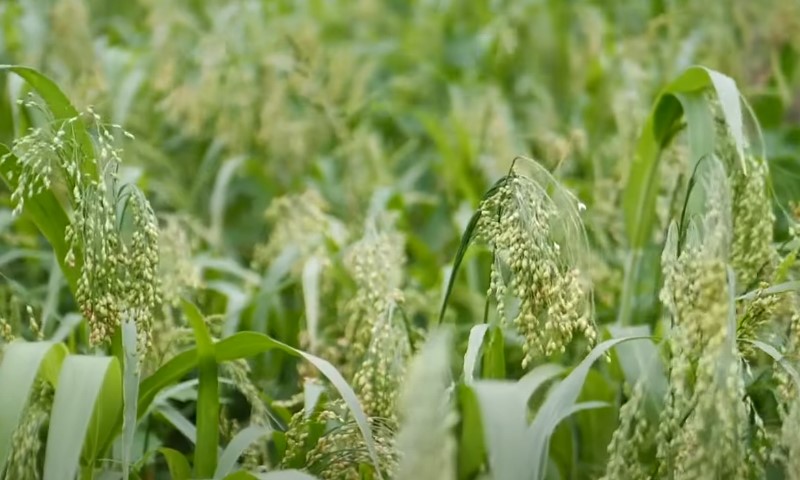
Both millet and sorghum trace their origins to the earliest agricultural communities in Africa and Asia, more than 7,000 years ago. Millet was domesticated in northern China and parts of the Sahel, while sorghum originated in Sudan and Ethiopia before spreading across continents.
For early societies, these crops meant security in uncertainty. They could survive poor soils, drought, and heat where other grains failed. That endurance gave them a sacred quality, proof that life could thrive even in hardship.
Archaeologists have found millet grains in Neolithic burial sites, suggesting it was used in funerary offerings and early seasonal rites. Sorghum, too, appears in temple granaries and ancient African rituals where grain offerings were made to honor ancestors or invoke rainfall.
| Grain | Origin | Estimated Domestication | Early Spiritual Role |
| Millet | China, West Africa | 6000–5000 BCE | Offerings to fertility and harvest deities |
| Sorghum | East Africa (Sudan, Ethiopia) | 4000–3000 BCE | Ancestral and rain rituals in Sub-Saharan Africa |
The Sacredness of Sustenance
In many traditional societies, eating was never a purely physical act. Food connected humans to the divine and the natural world. Millet and sorghum carried symbolic weight as grains of endurance, foods that endured harsh conditions and sustained life when others failed.
In West African cosmologies, sorghum was often seen as a life-giving grain sent by the gods. Farmers performed annual rituals at planting and harvest time to thank spiritual forces for their survival. Among the Dogon people of Mali, millet is woven into creation myths: the universe itself was said to sprout from a grain of millet planted by the Creator.
In India, millet has long been associated with the rhythms of simplicity and humility, qualities prized in Hindu philosophy. Villagers would offer the first harvest to deities as a symbol of gratitude, seeing in the tiny grains the microcosm of the cosmos, small yet complete, modest yet divine.
Millet and Sorghum as Symbols of Community and Equality
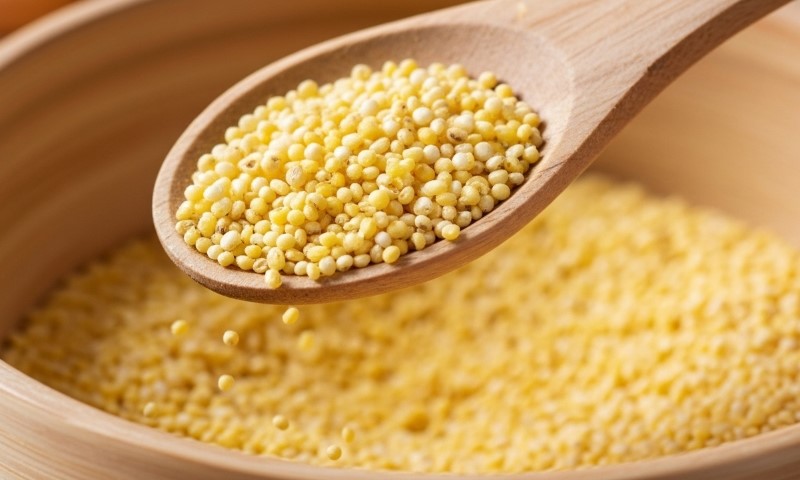
Because these grains could grow where others could not, they became the staple of the common people rather than the elite. While empires celebrated refined wheat or polished rice, millet and sorghum remained food for farmers, herders, and rural households.
This gave them a spiritual symbolism of equality and humility. In African, Indian, and Chinese traditions alike, millet-based dishes were shared in communal rituals, festivals, and harvest feasts. Eating millet or sorghum meant participating in something older and more egalitarian, an echo of pre-hierarchical societies where survival was collective, not individual.
| Symbolic Meaning | Millet | Sorghum |
| Resilience | Thrives in drought and poor soil | Tolerates extreme heat |
| A staple | important source of nutrition | Shared in communal rituals |
| Gratitude | Offered in harvest prayers | Used in ancestral libations |
Spiritual Ceremonies and Grain Offerings
From West Africa to South Asia, millet and sorghum became ritual grains, offerings to ancestors, deities, and spirits.
- In Nigeria and Niger, sorghum beer is brewed for libations during ancestral festivals, symbolizing continuity between the living and the dead.
- In Mali, millet porridge is shared during ceremonies marking births, marriages, and harvests, representing the cycle of life.
- In India, small millets (like foxtail and kodo) feature in temple rituals and fasting meals, aligning with the principle of satvik purity, simple, non-indulgent, and spiritually clean.
The Energy of the Earth: Spiritual Nutrition
Both grains are considered “earth foods” in traditional medicine and spirituality. In Ayurvedic philosophy, millet is grounding; it stabilizes energy and calms the body. Sorghum, rich in iron and warmth, symbolizes vitality and courage.
The act of eating such grains mindfully was believed to align the body’s energy with the earth’s rhythm. In African traditional healing, a millet-based diet was prescribed for spiritual cleansing, especially during transitions like initiation or mourning. The reasoning was both symbolic and practical: simplicity clears the spirit as well as the body.
| Grain | Elemental Association | Symbolic Energy | Traditional Use |
| Millet | Earth | Stability, simplicity | Grounding food in fasting or cleansing |
| Sorghum | Fire/Earth | Vitality, strength | Ritual offerings and recovery diets |
Grains of the Ancestors: Memory and Continuity
In African and Asian spiritual systems, remembering ancestors means remembering the foods they ate. To plant millet or sorghum is to sustain a line of memory that stretches across generations.
In East Africa, farmers often keep a few seeds from each harvest as heirlooms, “the blood of the land.” Among the Yoruba of Nigeria, grain offerings are part of Egungun ancestor worship, ensuring the departed continue to “eat” with the living. Similarly, in India’s rural heartlands, women maintain millet varieties that have been passed down for centuries, naming them after mothers and grandmothers who once cultivated them.
These practices show that the spirituality of ancient grains lies not in ritual alone but in continuity, a reverence for life cycles that resist extinction and erasure.
Modern Rediscovery: The Sacred in Sustainability
In recent decades, millet and sorghum have re-emerged as climate-resilient superfoods. Their ability to grow in arid soil with minimal water has renewed global interest, especially as modern agriculture faces droughts and depletion.
But for many farmers reviving these crops, it’s not just a practical shift; it’s a spiritual restoration. Growing ancient grains reconnects communities to forgotten traditions, indigenous knowledge, and respect for natural cycles.
In spiritual ecology circles, millet and sorghum represent humility before nature’s wisdom. They remind us that sustainability was never a modern invention; it was once a moral and sacred duty.
| Modern Value | Description |
| Ecological Resilience | Low water use, high drought tolerance |
| Cultural Revival | Reconnection with ancestral farming |
| Spiritual Relevance | Symbol of harmony with Earth and tradition |
Festivals and Feasts of Renewal
In parts of Africa and Asia, ancient grain festivals still survive:
- The Sorghum Harvest Festival in Burkina Faso celebrates the first brewing of sorghum beer with songs and dances thanking the spirits of rain.
- In South India, the Aadi Perukku festival honors water and fertility, and millet dishes are offered to rivers as symbols of abundance.
- In China, during the Double Ninth Festival, millet cakes called gao are eaten to commemorate ancestors and the autumn harvest.
The Symbolic Language of the Seed
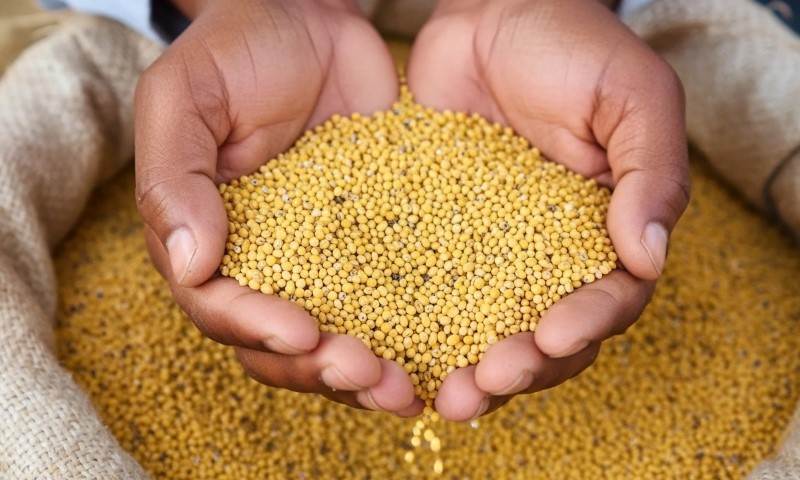
Millet and sorghum are often used as metaphors in traditional proverbs and songs. In African folklore, the millet seed is compared to the human soul, small but capable of immense growth. In India, rural poetry describes millet as “the grain that never forgets rain,” linking memory, faith, and survival.
Both grains embody the spiritual law of transformation: from seed to stalk, from death to rebirth, from sustenance to offering. They illustrate how spirituality was once embedded in everyday life, not separated into temples or doctrines.
Returning to Sacred Simplicity
Modern diets have become complex, industrial, and detached from meaning. Rediscovering millet and sorghum is not only a nutritional choice, it’s a philosophical one. To eat these ancient grains is to embrace simplicity, humility, and gratitude for what the earth provides.
They invite us to slow down, to remember that nourishment once carried prayer and purpose. In every handful of millet or bowl of sorghum porridge lies a story older than history itself, a story of resilience, reverence, and renewal.
Final Reflection
Millet and sorghum are more than crops; they are living symbols of humanity’s oldest relationship with the land. They remind us that food was once sacred, farming was once worship, and eating was once an act of gratitude.
Related Posts:














